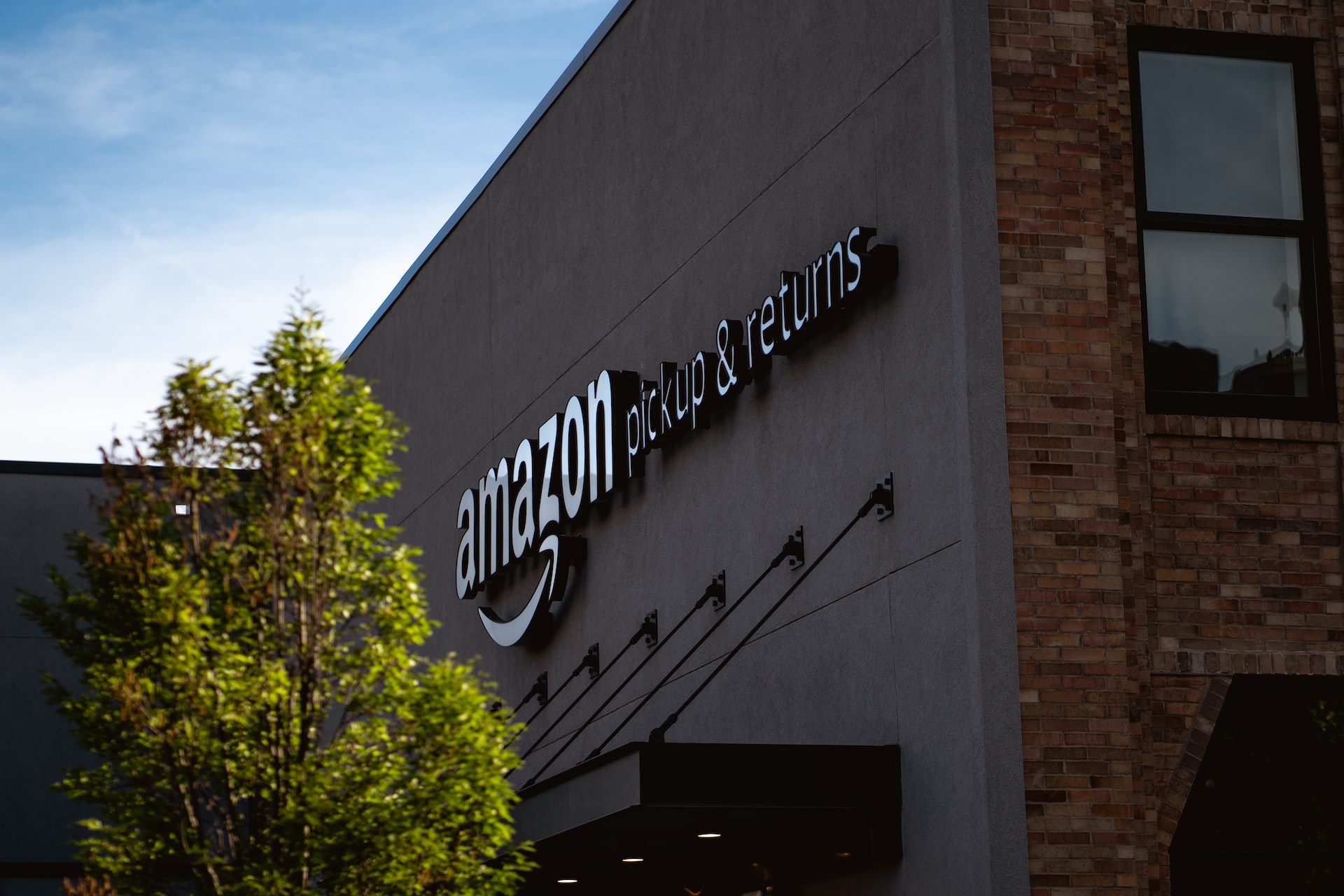The on-demand economy is changing the way consumers and businesses operate, making instant gratification and convenience a great expectation among consumers.
Harvard Business Report shows the on-demand economy bringing in 22.4 million consumers annually, who spend $57.6 billion overall. The trend is also clearly here to stay since half the on-demand users are millennials, who will have a large role in shaping the future of consumerism and work culture.
The definition of on-demand centers on real-time delivery of goods and services, ushering a more instantaneous nature into consumerism than ever before. From transportation options such as Uber and Lyft, to grocery shopping with services like GrubHub, InstaCart, and Seamless, the on-demand economy is extremely present in lucrative industries.
So, how does the shift to an on-demand economy impact us, the way we shop and the way we engage in daily activities, from exercise to grocery shopping?
The Transference From In-Store to Online
The prevalence of high-speed Internet presents fewer barriers than ever for emulation of retail-based services in the online realm. People can shop for groceries with ease, basing their order on a constantly updating list of inventory. Meanwhile, fitness enthusiasts are finding themselves less inclined to go to the gym, while still working out the same amount or even more.
On-demand fitness is proliferating, with streaming workout services catering to everything from yoga to marathon training. On-demand fitness services rose from 4.8 percent total spending in 2014 to 7.7 percent in 2016, with that number continuing to rise. Traditional gyms still host the strong majority of workouts, though the gap is narrowing.
Great Spontaneity in Consumerism
Many industries have embraced the growing push for on-demand since consumers appear more spontaneous and willing to spend on passions as a result. Travel, for example, is easier than ever.
Instead of going through a travel agent and booking flights and accommodations manually, prospective travelers can book a flight and hotel, read about other consumers’ experience and order a ride to the airport in minutes.
Although travel agents may not be thrilled, the travel industry is just one example of a category that’s fully accepting a shift in consumerism that prompts spontaneous purchasing, a positive for their bottom line.
On-Demand and Work Culture
The shift to an on-demand workforce means many professionals are opting for contract and part-time that allow them to make a comparable salary while having greater flexibility in when, where and how they work. The appeal of on-demand results in projections the on-demand workforce will outweigh full-time employees by 2020.
Additionally, businesses that are familiar with hiring employees for company culture instead of skill sets — and feeling negative consequences as a result — will likely embrace an on-demand model where company culture is less important than skills and results.
While “company culture” is a vital aspect of some businesses’ success, the tendency to overstate one’s fit within that culture can leave some more qualified choices in the dust. Ideally, the on-demand structure will provide businesses with a better fit based on their skill set, instead of their potential fit within the company culture.
The future of business is likely to encompass this on-demand emphasis, while also employing automation and machine learning to leave more mundane and repetitive tasks to non-employees.
Businesses that embrace this trend will work to become more efficient than ever, hiring based on skill and overall fit while allowing their employees to pursue contractual opportunities and minimizing tasks that can feel draining and superfluous. The on-demand economy is here to stay and is having a profound impact on consumerism, office culture and the ways businesses operate.
Recent Stories
Follow Us On
Get the latest tech stories and news in seconds!
Sign up for our newsletter below to receive updates about technology trends




